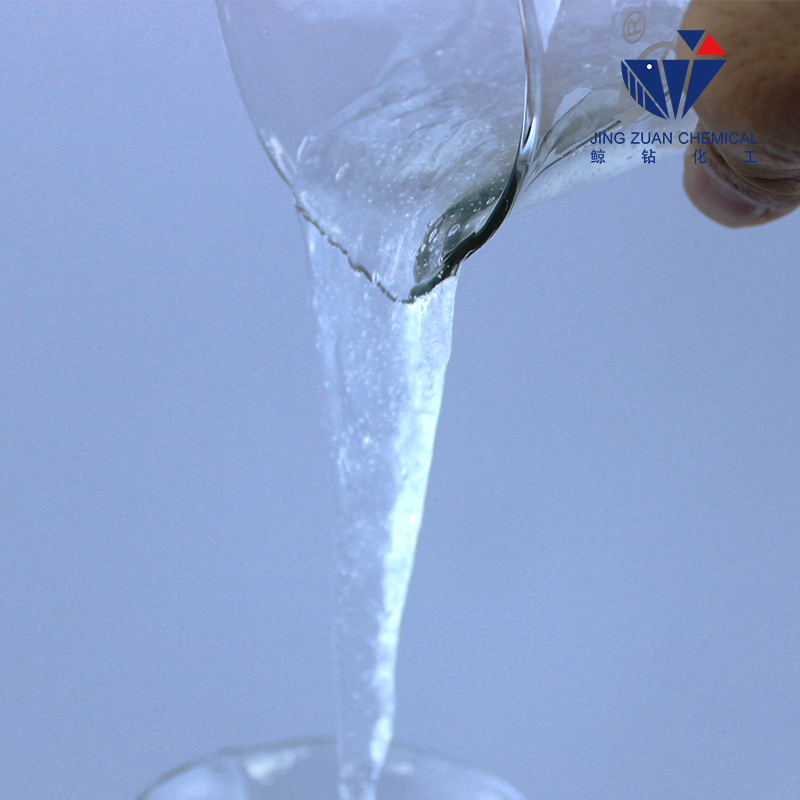
Nov . 29, 2024 22:48 Back to list
Comparative Study of HEC and HPMC in Pharmaceutical Formulations and Applications
Comparison of HEC and HPMC An Insight into Their Properties and Applications
Hydroxyethyl cellulose (HEC) and hydroxypropyl methylcellulose (HPMC) are two prominent cellulose derivatives widely used in various industries, including pharmaceuticals, food, and cosmetics. As non-ionic, water-soluble polymers, both HEC and HPMC exhibit unique properties that make them suitable for a variety of applications. Understanding the differences and similarities between these two polymers is essential for selecting the right material for specific applications.
Chemical Structure and Properties
HEC is derived from the etherification of cellulose with ethylene oxide. This modification introduces hydroxyethyl groups onto the cellulose backbone, enhancing its water solubility and thickening abilities. HEC is known for its ability to form clear solutions and provides excellent thickening and stabilizing properties. Its molecular weight can range widely, affecting its viscosity in solution.
On the other hand, HPMC is synthesized through the reaction of cellulose with both propylene oxide and methyl chloride, resulting in the introduction of hydroxypropyl and methoxy groups. HPMC is distinguished by its higher thermal and chemical stability compared to HEC. It can also form clear gel-like solutions, making it particularly beneficial in applications requiring clarity.
Solubility and Viscosity
One of the most critical differences between HEC and HPMC is their solubility in various solvents. HEC dissolves readily in cold or hot water, forming a viscous solution. Its viscosity is influenced by the concentration and molecular weight of the polymer, making it adaptable for different thickening requirements. Furthermore, HEC solutions do not gel upon heating, which can be advantageous or disadvantageous depending on the desired product characteristics.
hec vs hpmc

HPMC, conversely, exhibits a unique behavior when subjected to heat. While it dissolves in water, certain grades of HPMC can gel upon heating, making it useful for applications where thermal gelation is desired. Its viscosity also varies significantly with the degree of substitution and concentration, allowing for tailored formulations for specific applications.
Applications
Both HEC and HPMC find extensive use in the pharmaceutical industry. HEC is often employed as a tablet binder, film-forming agent, and thickening agent in topical formulations. Its properties allow for improved drug stability and controlled release. Additionally, HEC is utilized in personal care products such as shampoos and lotions due to its excellent thickening and hydrating qualities.
HPMC is equally popular in pharmaceuticals, often used in the formulation of sustained-release drug delivery systems. It acts as a matrix-forming agent, controlling the release rate of active ingredients. Beyond pharmaceuticals, HPMC is a common ingredient in food products, serving as a thickener, emulsifier, and stabilizer, particularly in gluten-free baking applications.
In the construction industry, both polymers are used as additives in cement and gypsum-based products. They improve workability and open time, which are crucial for construction applications. Furthermore, HPMC's water-retention properties make it beneficial in tile adhesives and other cementitious applications.
Conclusion
In summary, HEC and HPMC are versatile cellulose derivatives that serve critical roles across various industries. While they share similarities in being water-soluble and thickening agents, their chemical structures and resulting properties lead to different applications. HEC’s clear solutions and non-gelling behavior make it suitable for personal care and pharmaceutical products, while HPMC’s thermal stability and gel-forming capabilities lend themselves well to sustained-release pharmaceutical formulations and food applications. When choosing between HEC and HPMC, it is essential to consider the specific requirements of the application, including solubility, viscosity, and thermal behavior, to ensure optimal performance and desired outcomes.
-
Versatile Hpmc Uses in Different Industries
NewsJun.19,2025
-
Redispersible Powder's Role in Enhancing Durability of Construction Products
NewsJun.19,2025
-
Hydroxyethyl Cellulose Applications Driving Green Industrial Processes
NewsJun.19,2025
-
Exploring Different Redispersible Polymer Powder
NewsJun.19,2025
-
Choosing the Right Mortar Bonding Agent
NewsJun.19,2025
-
Applications and Significance of China Hpmc in Modern Industries
NewsJun.19,2025







